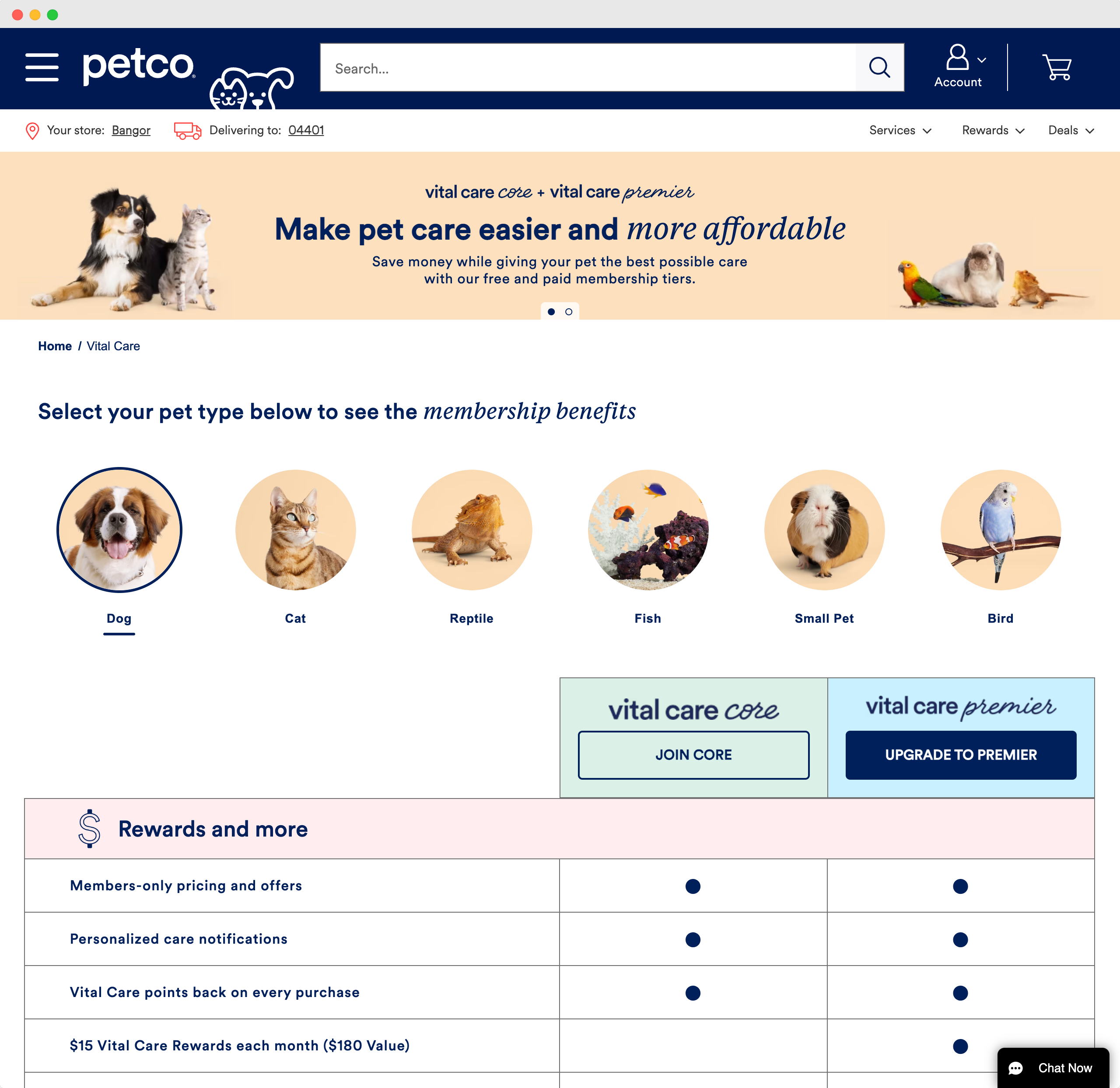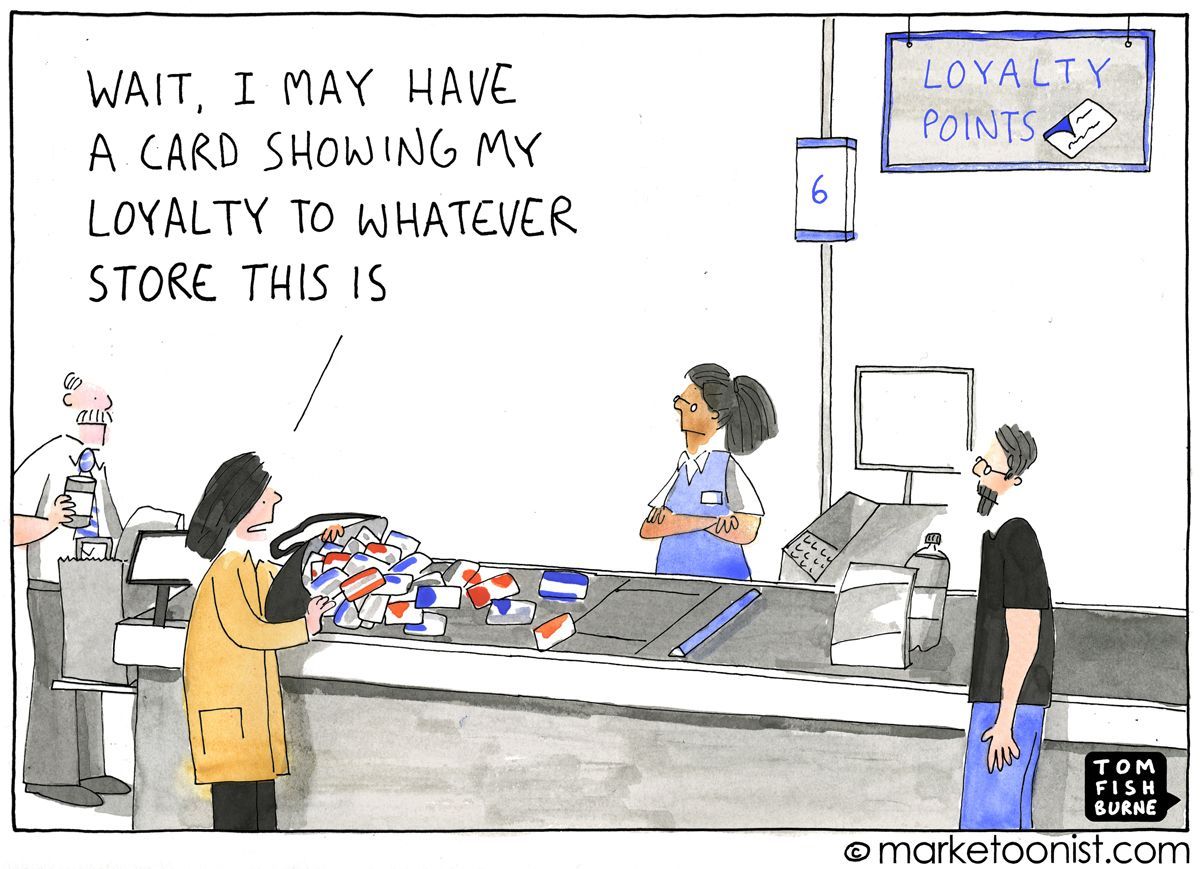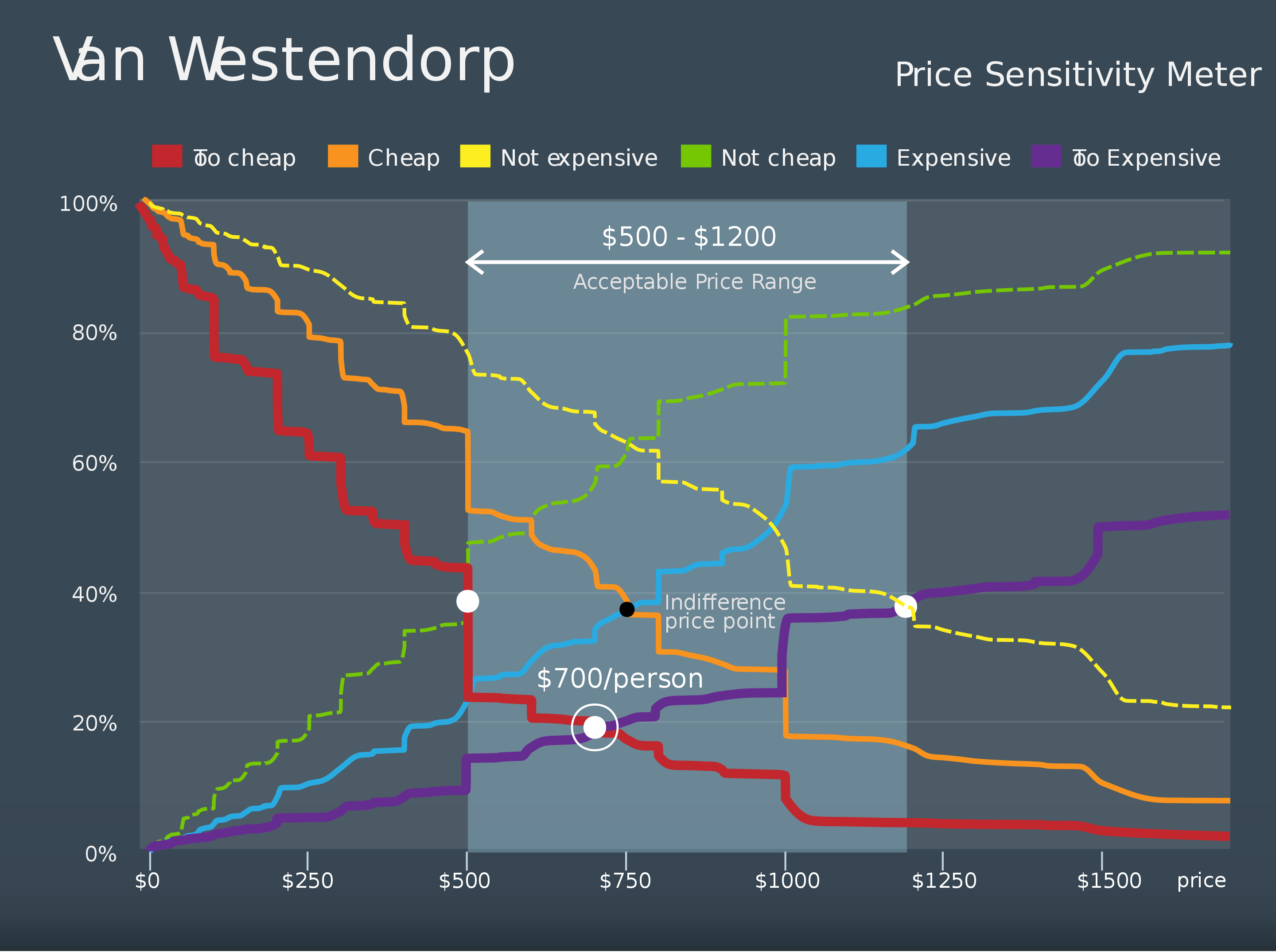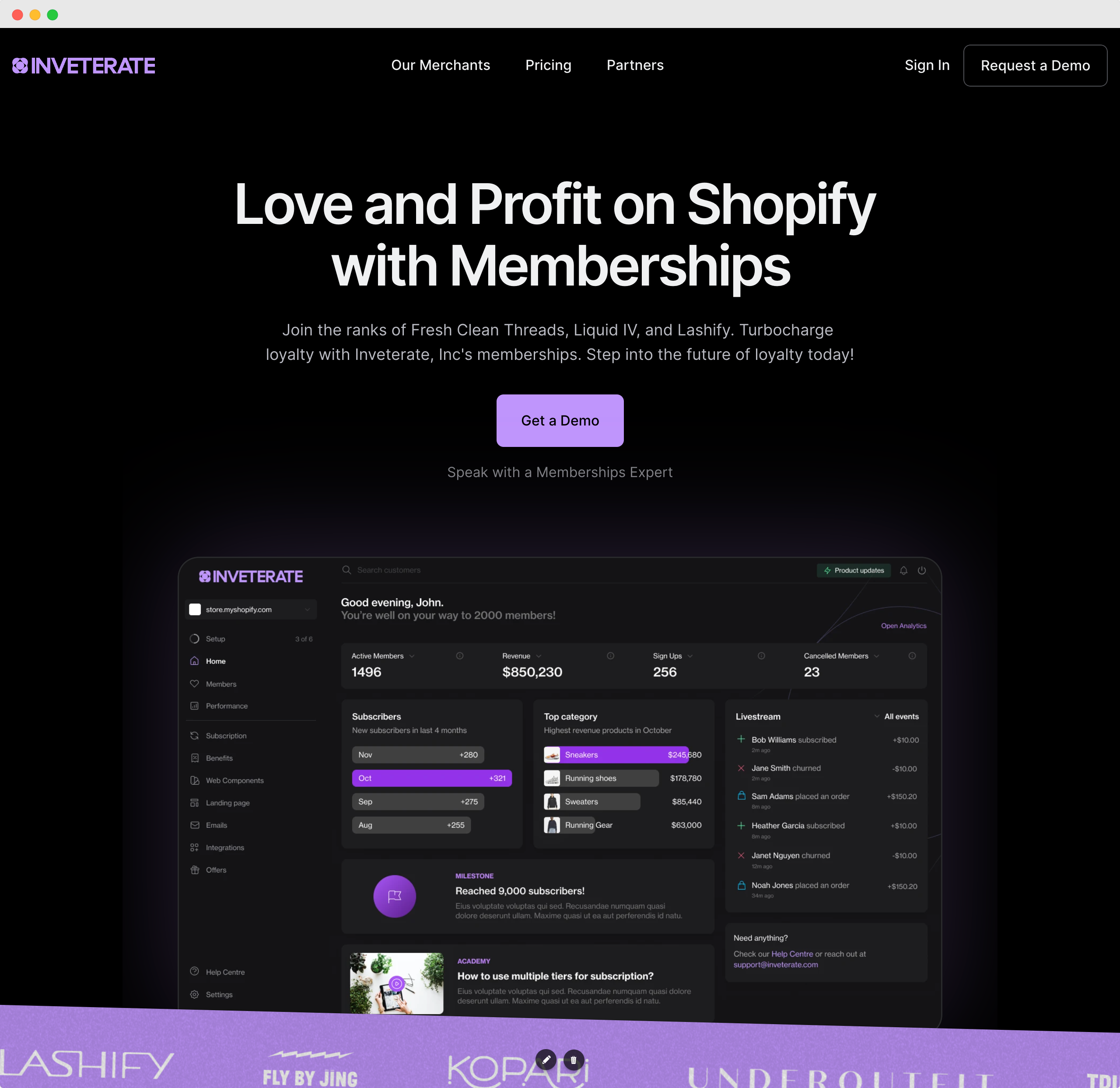Why Memberships Are The Future of Customer Loyalty
When it comes to customer loyalty in DTC, two strategies dominate the industry: subscription business models, where a consumer commits to a recurring payment, typically in exchange for a discount, and loyalty programs, where a consumer receives rewards–most often in the form of cashback–in exchange for performing specific actions, such as completing an order, referring a friend, or talking about a brand on social media.
These models, which both have excellent reasons to exist, are often implemented by brand executives desperately looking for a quick win: CPG brand looking for more predictable revenue? Launch a couple of subscription plans and profit. Diverse catalog that can support more frequent or larger purchases? Roll out a cashback scheme and live happily ever after.
And while it all makes sense in theory, the unfortunate news is that it doesn’t quite work like that–not anymore, at least, and most certainly not for everyone. Both subscriptions and loyalty programs come with two significant drawbacks, which have gradually reduced their effectiveness over the last few years:
- Transactionality. A customer signing up for a subscription service or your loyalty program tells you very little about that customer’s affinity with your brand–it simply means that they saw an opportunity to save some money and took it. You are–almost literally–paying customers to shop with you. There’s little preventing customers from switching brands as soon as they find a better deal–short-term incentives drive short-term behavior.
- Saturation. If you’ve heard anything about “subscription fatigue,” you’ll know what we’re talking about. Consumers are tired of juggling multiple subscription boxes, and they are instead looking for ways to streamline and consolidate. And while loyalty programs are less susceptible to this–since they’re free to use most of the time–the fact that every single brand has some form of loyalty program has essentially leveled the playing field.
So, does that mean that customer loyalty is dead? Not quite–it’s just that you can’t stand out by doing the same things as everyone else. In the DTC sea of sameness, there’s a massive opportunity for brands to break through the noise and generate organic stickiness, but the strategies look a bit different than before and require much more intentionality.
Today, we want to tell you about one of these strategies: membership programs.
What Exactly Is a Membership Program?
Membership programs are an established concept for large brands but are still relatively unexplored in the DTC world. In fact, many brands confuse membership programs with traditional loyalty programs because of their similarities, which contributes to the confusion.
At its core, a membership program is a loyalty program on steroids. It is usually sold as a digital subscription rather than being offered for free, and program members get access to various benefits. Some might be monetary rewards (e.g., discounts and cashback), but you’ll also find perks such as early access to new products, exclusive communities, members-only content, and free or discounted services.
If you go back to the two problems we’ve identified with subscription models and loyalty programs, you’ll see how memberships address both:
- They eschew transactionality and pursue identity. By going beyond monetary rewards, memberships provide brands with an escape from transactionality. A well-rounded membership program elevates brands, enabling them to become a customer’s reference point for running a given aspect of their lives.
- They eschew saturation and pursue exclusivity. I can sign up for a thousand free loyalty programs and continue to shop from a thousand different brands, but I can only sign up for so many paid membership programs. No matter how insignificant, the membership fee forces customers to make a choice and stick to it.
The mix of identity and exclusivity makes for a robust customer loyalty flywheel: the initial cost of becoming a member motivates me to use my membership. As I use my membership–and barring any breaches of consumer trust–I identify myself more and more with the brand, which increases the perceived value of the brand.
All of this might sound like theoretical mumbo-jumbo, so let’s look at an example.
How Petco Makes $120M/Year from Memberships
Petco offers a membership program called Petco Vital Care comprised of two tiers: a free tier which is a run-of-the-mill loyalty program, and a paid tier called Vital Care Premier. For $19.99/month, members can benefit from extra discounts and services such as pet sitting, grooming, and vet visits for their dogs.
The results are astonishing: in Q4 2022, Petco Vital Care counted 500,000 paid members–about $120M/year in incremental revenue for Petco. That number, by the way, is just the membership fee and doesn’t account for the fact that members have a lifetime value 3.6X higher than casual shoppers.

Through Vital Care, Petco is not only diversifying their revenue streams but also creating a compelling unifying force for their products and services. If you’re an Amazon Prime customer, this concept shouldn’t be a surprise. Just like Amazon wants to be your end-all solution for shopping, Petco wants to be your end-all solution for pet care.
Of course, Petco is a publicly traded $6B/year retailer that operates thousands of stores across the US, and they have the economies of scale to offer their members an incredible level of convenience. Even for a relatively established DTC contender in their category, replicating Vital Care would be virtually impossible.
However, that doesn’t mean membership programs are inaccessible for small brands–they just need to be structured thoughtfully.
How to Structure Your Membership Program
If we managed to convince you that rolling out a membership program is the right thing for your online store, awesome! But where do you start? In the following paragraphs, we’ll outline a five-step process you can follow to design, validate and roll out a membership program to your customer base.
1. Talk to Your Customers
Seriously, do talk to them.
If you aren’t conducting regular interviews–which you should, but just in case–find 30-50 customers from different cohorts to understand whether they would have any use for a brand membership and what it might look like. Ideally, you’re looking to answer as many as possible of the following questions:
- What problems are your customers solving with your product(s)?
- How do they currently perceive your brand? What do they love about it?
- What adjacent brands do they shop with regularly?
- What adjacent services do they consume regularly?
- Do they already have any memberships? What do they like/dislike about them?

Of course, you’ll want to adjust and enrich these based on which category you operate in. For example, if you sell workout apparel, where do your customers work out? If it’s at home, do they subscribe to a separate workout app to track their workouts? Do they also care about nutrition? If yes, where are they getting their educational content from?
In addition to the interviews, you should look at analytics, primary and secondary competitors, and key market trends. Your goal should be understanding how your brand fits into your customer’s day-to-day and whether there’s an opportunity to move into adjacent problem spaces.
As a final note, remember that your membership will not appeal to all your customers–and it shouldn’t. Memberships require customers to invest a significant amount of financial and social capital into your brand–as a result, they will only work for customers willing to take that leap of faith. Use this initial phase to understand what that ICP looks like, and double down on it when you do additional research about your membership program.
2. Design Your Member Benefits
Once you understand the opportunity space, you must decide what to offer as part of your membership. Generally, membership benefits can be put in one of five buckets:
- Money: this includes discounts, cashback, free shipping, birthday gifts, and any other monetary reward. These are things your customers could easily purchase themselves or find elsewhere, which makes them more immediate to understand but less likely to generate long-term loyalty.
- Access: very often, members have early access to new product releases, or exclusive access to certain pieces of merchandise. Even if you don’t have a large product catalog, you can get creative with partnerships, digital products, and other goodies.
- Content: given how valuable good content is, it might seem ridiculous to gate it. But making certain content only available to your members is a fantastic way to foster a sense of exclusivity and identity, as long as you have a unique or particularly valuable perspective to offer.
- Services: when you look at Petco Vital Care, the non-monetary part of their paid membership tier is comprised almost exclusively of services. Petco delivers most of their member services in-house, but you can always partner with a third-party service provider.
- Community: network effects make communities incredibly sticky. In addition to being an incredible perk, brand communities can become a solid sounding board for your new product ideas and a formidable source of organic marketing.
When it comes to your member benefits, you must balance putting together a package compelling enough that customers will want to sign up, and keeping it small enough for your team to launch and sustain over the long run.
If you’re just starting out, we recommend starting with monetary benefits (which can be implemented almost for free) and an additional category your members deeply care about. Once you launch your program, you’ll have plenty of time to adjust and expand it.
3. Determine Your Pricing
At this point, you’re ready to start thinking about your membership’s pricing structure.
Our recommendation for most brands is to start with two tiers: a free tier, which is essentially just a traditional loyalty program, and a paid tier, which gives customers access to member perks. You shouldn’t separate your loyalty and membership programs, as that would most likely confuse customers.

As for the exact price point, this will vary greatly depending on your target market, product category, and member benefits. A helpful tool for determining a range of acceptable prices is the Van Westendorp Price Sensitivity Meter (PSM). With this model, you ask your potential member for questions:
- What price would be so low that you start to question the membership’s quality?
- At what price would the membership begin to seem a bargain?
- At what price would the membership begin to seem expensive?
- At what price would the membership be too expensive?
By plotting your answers, you can determine the range of prices your customers would be willing to pay for your membership.
Obviously, you should still validate whatever numbers you get to ensure they work for your business. This is also where it pays off to offer a membership that is more heavy on non-monetary rewards, as they will typically be less burdensome on your margins at scale.
4. Define a Go-to-Market Strategy
You know who you’re selling to, what you’re selling, and for how much. All that’s left to figure out at this point is how you’re going to sell it–that is, your go-to-market strategy.
The first thing to keep in mind here is that when it comes to memberships, paid social–and other paid channels in general– should be approached with caution: unless you have an incredibly compelling offering, it is extremely unlikely you will be able to achieve a reasonable CAC. As we’ve mentioned before, selling a membership requires a degree of trust much higher than your typical eCommerce conversion.
As long as you collect the right zero-party and first-party data, you can easily use email and SMS marketing automation platforms to identify and reach potential members. Ideally, you want to reach out as soon as a customer is identified as a potential fit for your membership program–what this means exactly will depend on the ICP you’ve outlined in phase #1 and will vary over time.
As for your website, you should design thoughtful touchpoints that remind customers of the value of your membership and provide easy paths to conversion. For instance, if you’re offering free shipping as part of your membership, your checkout flow should clearly indicate that and allow customers to opt into the membership and benefit from the free shipping perk in one smooth click.
Finally, referrals and gift memberships can be very powerful in driving organic customer acquisition, so you should at least experiment with them. These channels allow you to bypass the consumer’s initial “trust gate,” leading to higher conversion rates.
5. Launch, Track, and Iterate
You’re all set! Now you just need to launch your membership.
Depending on your tech stack and how you’re structuring your program, you will likely need to use a few different tools. On Shopify, our favorite membership apps are Conjured Memberships–a solid solution with very accessible pricing–and Inveterate–a more modern and flexible platform, well-suited for brands that need custom functionality or use a headless architecture.
If you’re looking to break beyond the walls of your eCommerce site, Circle is a standalone platform for brands to launch their private communities. It’s an incredibly powerful option if you want to create a dedicated space for members-only content, discussions, and events, and it can easily drive the entire Community aspect of your membership program.

Whatever tools you use, take the time to truly understand their potential and make them yours! Memberships are only valuable when they deeply resonate with the brands that drive them and the consumers they serve. If you’re just going through the motions, your membership program will be short-lived.
After the launch, use member interviews and exploratory analytics to gauge the effectiveness of your program and adjust course accordingly. Most brands will want to track at least some of the following:
- How many customers are you converting into paid members?
- Are members using all the benefits in their membership? How much?
- What is the customer lifetime value and LTV:CAC ratio of members vs. non-members?
- What are your margins for members vs. non-members?
- What does retention look like for your membership program? Why do members cancel?
Feel free to enrich these as needed to drive your brand’s goals, but never lose track of the basics: maintaining a healthy foundation will give you the peace of mind you need to grow your membership program.
Is It Time to Switch to Memberships?
Many brands have already started to roll out membership programs as part of their offering, and we’re excited to see this trend unfold over the following years: while subscription-based models and loyalty programs will never lose their place, they can rarely foster true customer loyalty.
As you’ve seen, the caveat is that a membership program requires more maintenance than other models, so you should ensure your team has the bandwidth to support it before venturing down this path.
If you’re wondering what a membership program can do for your brand or looking for help rolling out your program, don’t hesitate to reach out!